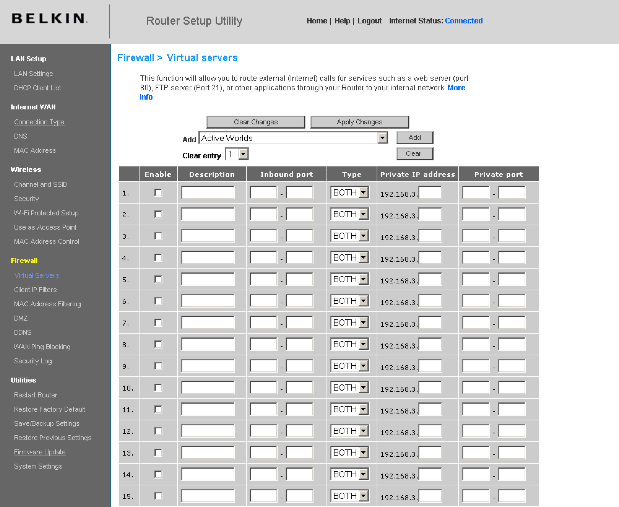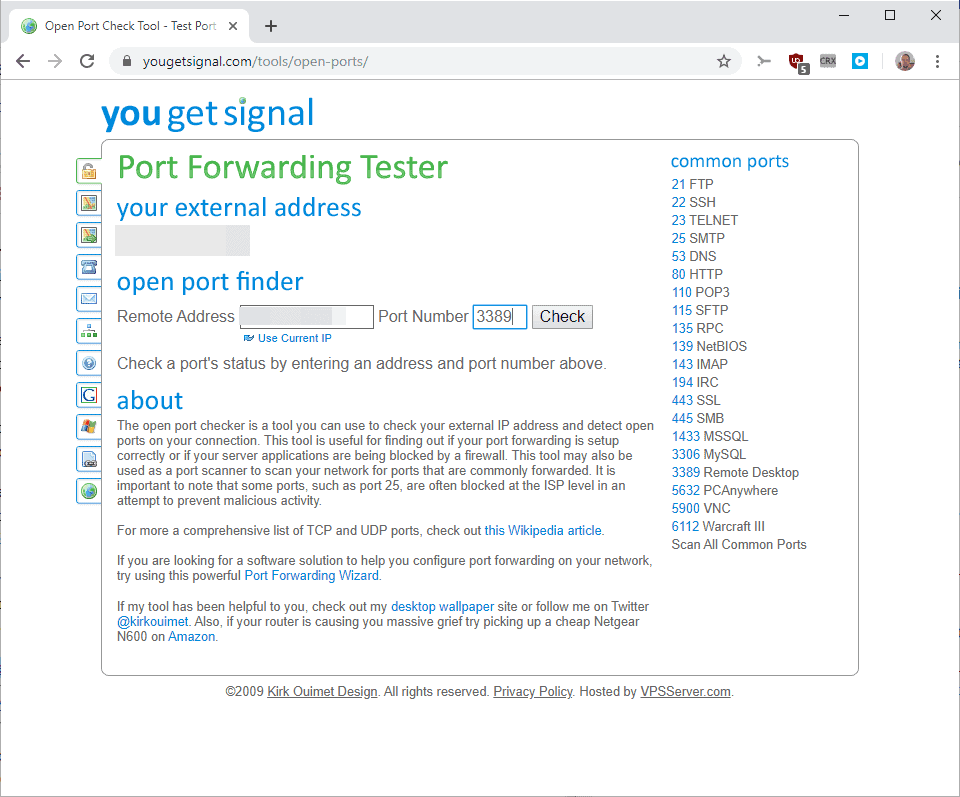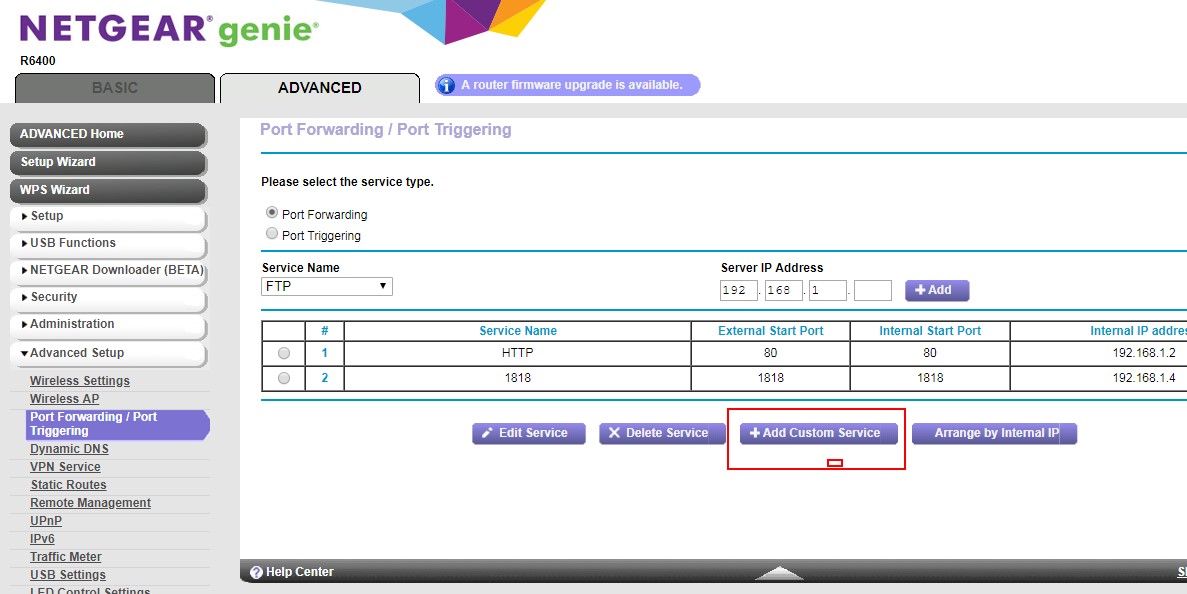

Then, the SSH daemon on your Linux installation will respond. When you access your home network’s IP address using port 22, your router at home knows that this should go to 192.168.1.100 inside the network. So in this example, when you’re out and about and using your laptop, you use different ports to make your requests. With those instructions in place, your router will make sure you can access the right computer and application on your home network. To solve that problem, you want to tell your router “hey: when I access you with this program, you’ll need to send it to this device at this port”. If the person knocking on your virtual door, however, is you, then the rejection isn’t so welcome and we need to do a little tweaking. That’s the firewall element of your router doing its job: rejecting unwelcome requests. If somebody connects to your home network and they aren’t connected to a valid port, you want the connection to get rejected. This, by the way, is a great security feature. It won’t know where to send your request, and nothing will happen. If you simply plug your home IP address (127.34.73.214) into whatever tool you’re using (an FTP client or remote desktop application, for example), and that tool doesn’t take advantage of those advanced router features we just mentioned, you’re out of luck. You’re on your laptop somewhere in the world (with an IP address of 225.213.7.32), and you want to connect to your home network to access some files. In the diagram below we’re starting with a simple premise. So why exactly would you need to forward ports? While some applications take advantage of NAT to set their own ports and handle all the configuration for you, there are still plenty of applications that do not, and you’ll need to give your router a helping hand when it comes to connecting services and applications.

Depending on what is listening, it’ll be expecting requests to be made in either one or the other of these protocols. UDP, or User Datagram Protocol, is less widely used in home applications with one major exception: BitTorrent. TCP, or Transmission Control Protocol, is what’s used most commonly. Plex Media Server uses port 32400, for example, and Minecraft servers use 25565-both numbers that fall into this “fair game” territory.Įach port can be used via either TCP or UDP. To avoid interfering with other standard-abiding applications, it’s best to use larger numbers for these alternate configurations. Other ports don’t have pre-assigned uses, and you can use them for whatever you want. If you send an http request over a different port-say, 143-the web server won’t recognize it because it’s not listening there (although something else might be, like an IMAP email server which traditionally uses that port).
WHERE DO I FIND MY PORT FORWARD NETWORK UTILITIES SOFTWARE
The receiving computer’s software knows that port 80 is used for serving http documents, so it listens there and responds accordingly. When you fetch a web page, for example, it uses port 80. Some ports have specific applications which are standards throughout the computing industry. Once computers became sophisticated to run multiple applications, early computer scientists had to wrestle with the issue of ensuring applications connected to the right applications. Back in the day, when computers could only run one application at a time, all you had to do was point one computer at another computer on the network to connect them as they would be running the same application. So where do ports come into this process? Ports are an old but useful holdover from the early days of network computing. Because of the NAT, everyone in your household can request web sites and other internet content simultaneously and it will all be delivered to the right device.

This function occurs at the router level where the NAT acts like a traffic cop, directing the flow of network traffic through the router so that a single public IP address can be shared among all the devices behind the router. This is thanks to a wonderful bit of routing magic known as a Network Address Translation (NAT).


 0 kommentar(er)
0 kommentar(er)
